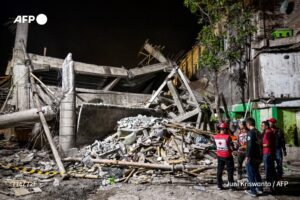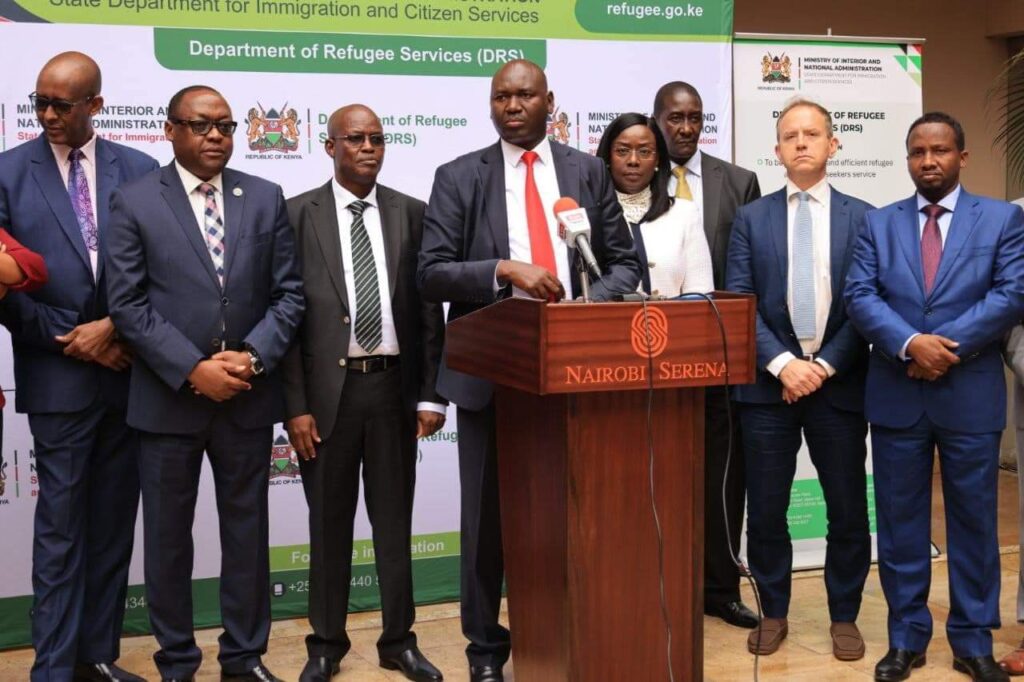
By FELIX SHAKO
Kenya is poised to embark on a groundbreaking initiative that will reshape the landscape of refugee resettlement in the country.
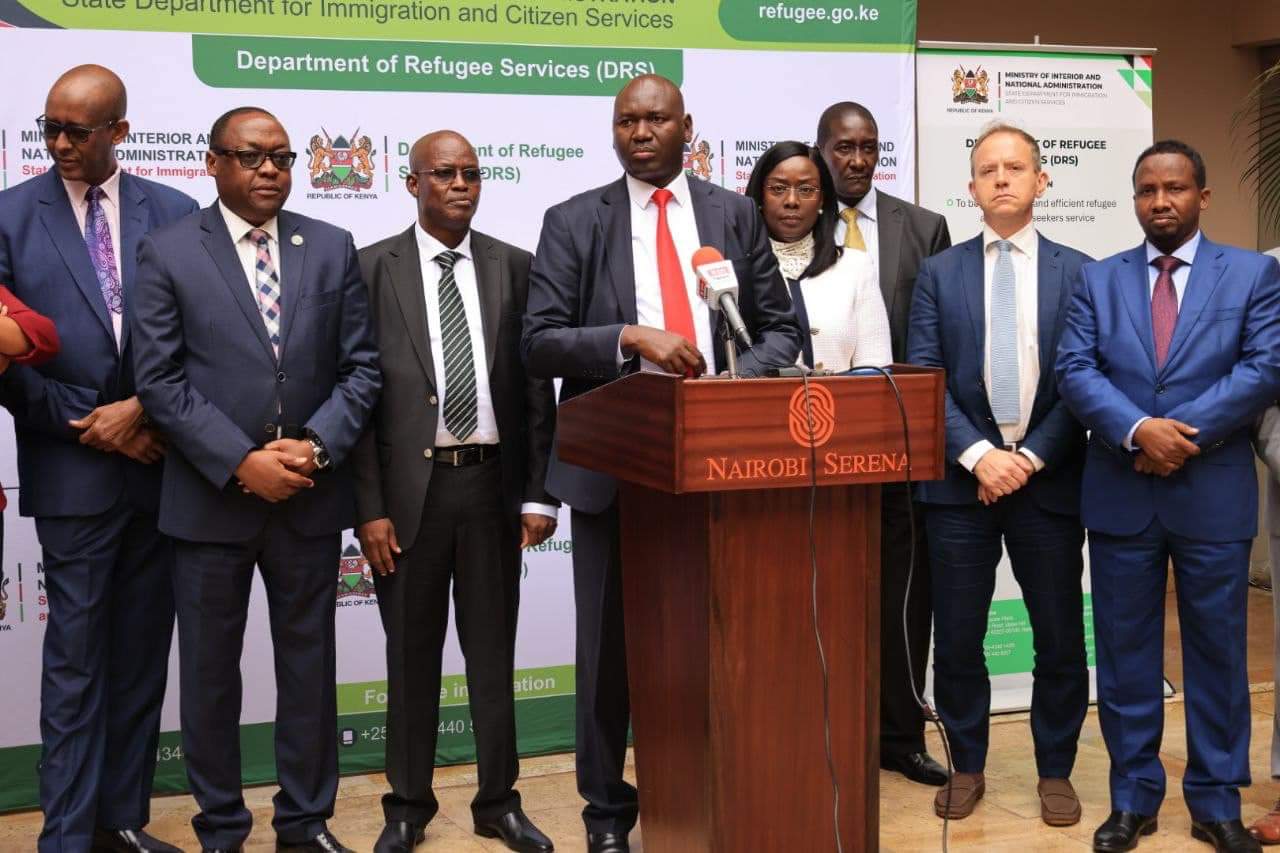
With over 700,000 refugees currently housed in the Daadab and Kakuma camps, stakeholders have officially endorsed the Shirika Plan, marking a pivotal step towards integrating these settlements into municipalities by November of this year.
The ambitious Shirika Plan, a collaborative effort between the Kenyan government, county administrations of Garissa and Turkana, and international bodies including the UN and UNHCR, aims to enhance socioeconomic conditions both for refugees and host communities. This transformation will involve significant infrastructural upgrades, including the development of schools, health facilities, roads, and modern markets.
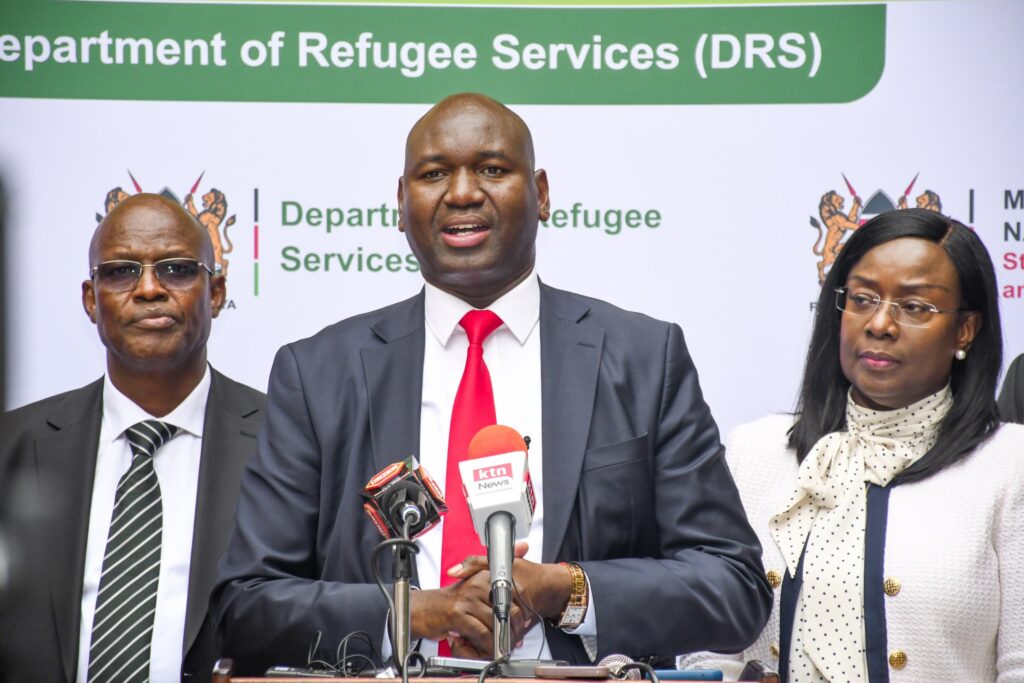
Julius Bitok, Immigration PS, highlighted the financial commitment required for the Shirika Plan’s implementation, estimating the initial phase to cost $943 million (approximately Ksh115.6 billion). Funding will be sourced from various governmental, private sector, and international NGO partners, underscoring a multi-sectoral approach to sustainable development.
The legal framework for the Shirika Plan has been firmly established with the enactment of the Refugee Act 2021, facilitating the integration process. Gazetted regulations and documents further support this initiative, ensuring a robust regulatory framework conducive to long-term planning and development.
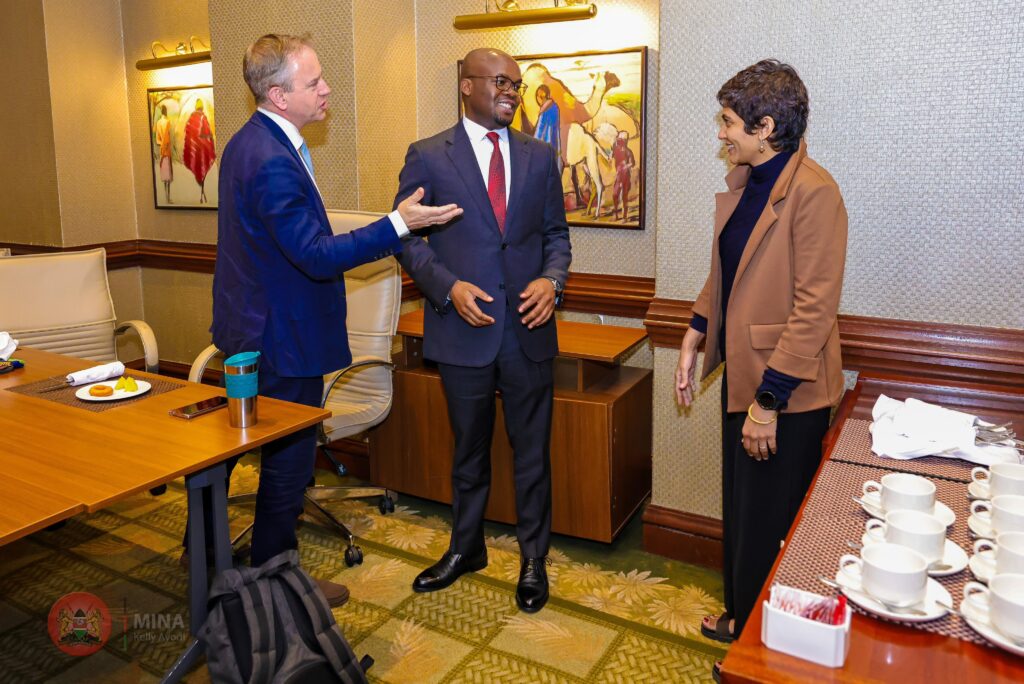
Turkana and Garissa county governments have formally designated Daadab and Kakuma as municipalities, signaling a commitment to comprehensive planning and infrastructure enhancement. The envisioned municipalities will be equipped with essential services such as water, sewer systems, and other critical amenities to support urban living.
The Shirika Plan National Steering Committee, comprising key stakeholders including governors and senior government officials from critical departments, underscores the broad support and coordination required for successful implementation. Departments such as Interior, Treasury, Health, and Education are pivotal in ensuring the integration’s holistic approach.
Raymond Omollo, Interior PS, emphasized the plan’s potential to bolster local and national security through integrated settlements that promote socioeconomic inclusion. This innovative approach marks a departure from traditional refugee camp models, aiming instead to harness refugees’ skills for mutual benefit.
Korir Sing’Oei, Foreign Affairs PS, hailed the Shirika Plan as a shift towards recognizing refugees as assets rather than burdens, highlighting opportunities for economic growth and collaboration. This perspective underscores Kenya’s commitment to leveraging human capital towards sustainable development goals.
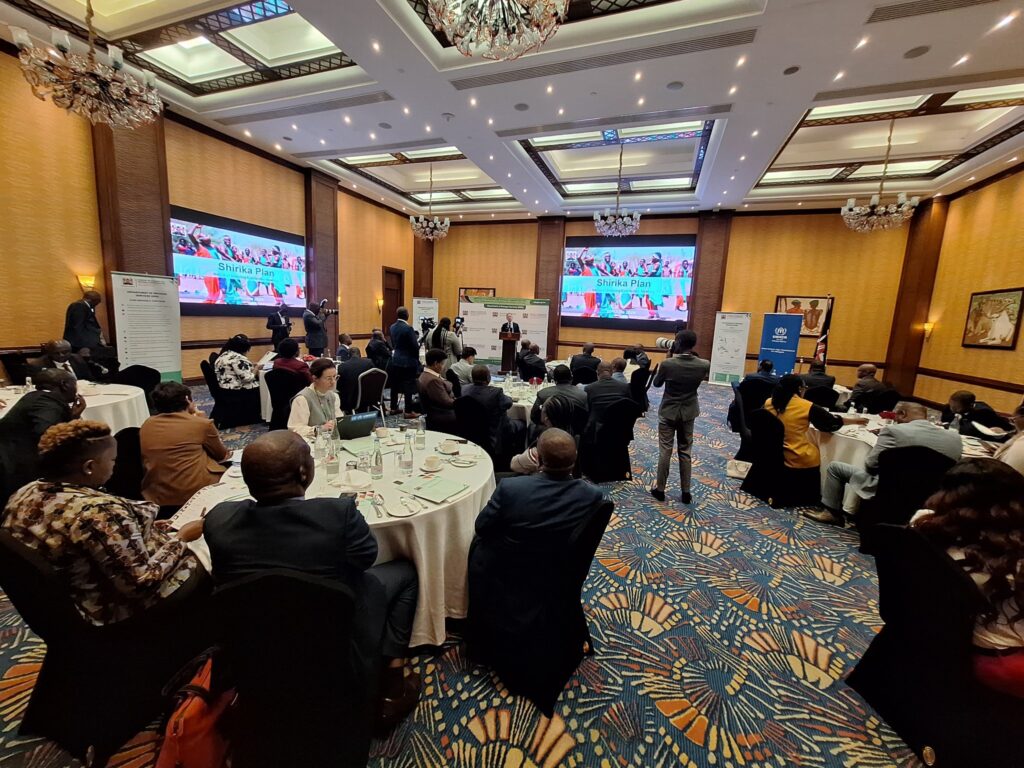
Governor Jeremiah Lomurakai of Turkana expressed optimism that the Shirika Plan will address disparities in resource allocation between refugees and host communities, advocating for equitable sharing of opportunities and benefits.
UN Resident Coordinator Stephen Jackson and UNHCR Representative Caroline van Buren affirmed their organizations’ support for the Shirika Plan, pledging technical expertise and financial assistance to ensure its successful execution.
As Kenya prepares to launch this transformative initiative, all eyes are on the upcoming changes in Daadab and Kakuma, anticipating a new chapter in refugee resettlement that prioritizes integration, economic empowerment, and social cohesion.
